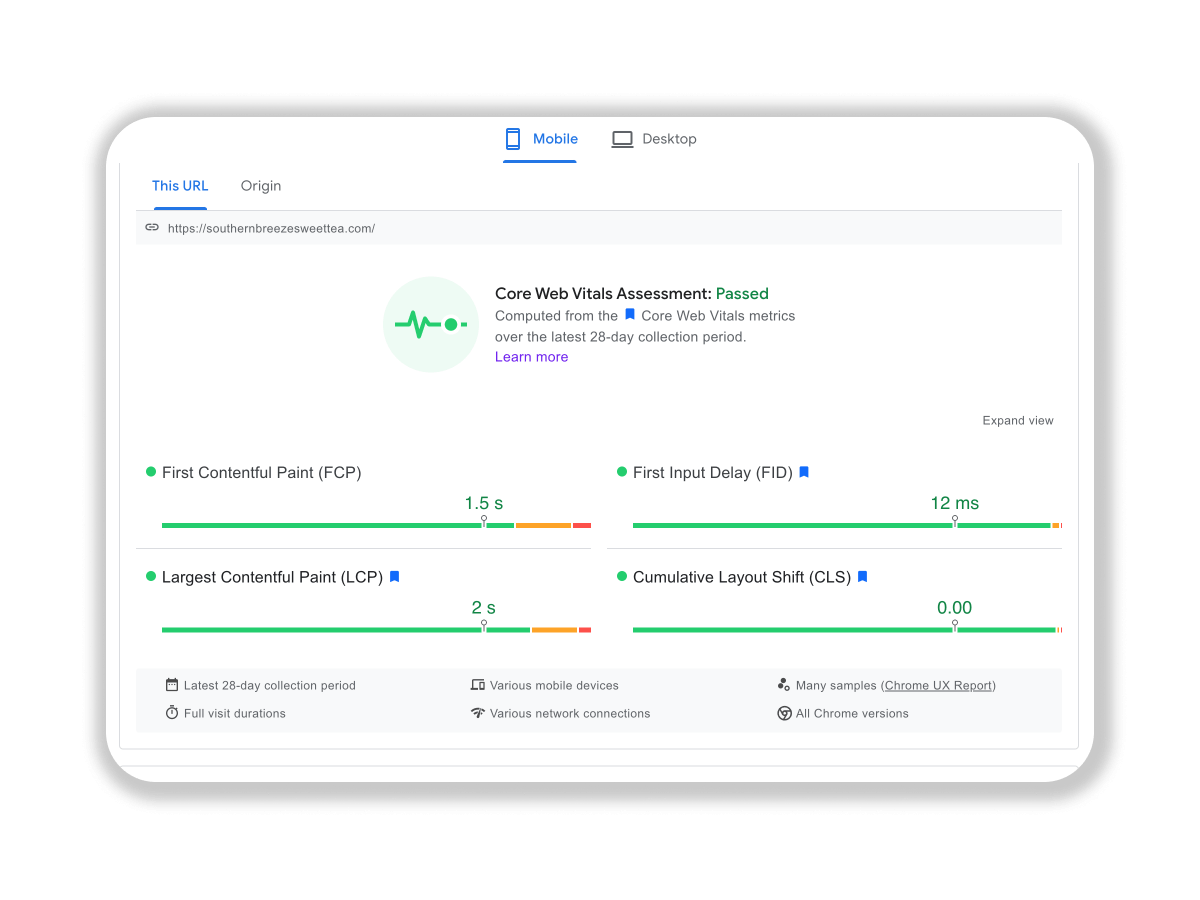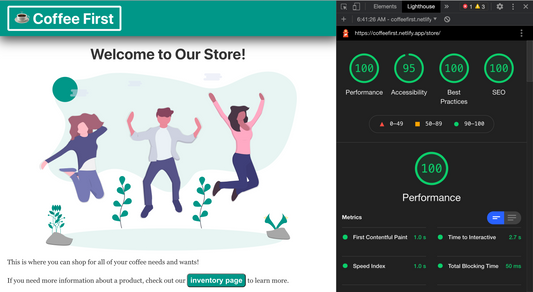Technical SEO

Technical Search Engine Optimization (SEO) ensures that your website is being properly found and indexed by major search engines.
Collapsible content
How is technical SEO different than other types of SEO?
Technical SEO focuses specifically on the technical aspects of a website that impact its search engine visibility and performance. It primarily deals with the infrastructure, coding, and configuration elements rather than content or off-site factors.
More specifically, here's how it compares to other types of SEO:
- Technical SEO: Deals with website structure, crawlability, indexing, site speed, mobile-friendliness, URL structure, schema markup, and other technical elements that affect search engine crawling and indexing.
- On-Page SEO: Focuses on optimizing individual web pages to rank higher and earn more relevant traffic. It involves content optimization (keywords, headings, meta tags), improving user experience, and internal linking.
- Off-Page SEO: Involves actions taken outside the website to improve its search engine rankings. This includes backlink building, social media marketing, influencer outreach, and other external strategies to increase a site's authority and credibility.
- Local SEO: Concentrates on optimizing a website to appear in local search results. It includes optimizing Google My Business profiles, local citations, reviews, and ensuring consistency of NAP (Name, Address, Phone number) information across the web.
- Voice Search SEO: Addresses optimizing content and technical aspects to cater to voice search queries. This involves using natural language keywords, concise answers, and structuring content to match conversational queries.
While all these aspects contribute to a comprehensive SEO strategy, technical SEO serves as the foundation that ensures search engines can effectively crawl, index, and understand a website's content. Without a strong technical foundation, other SEO efforts might not yield desired results.
What is included in the audit?
A technical SEO audit involves a comprehensive review of a website's infrastructure, performance, and elements that impact its visibility to search engines. Here are key components typically included in such an audit:
- Crawlability and Indexing: Checking for issues that might prevent search engines from crawling and indexing content, such as robots.txt file errors, crawl errors, or issues with XML sitemaps.
- Site Speed and Performance: Assessing the website's loading speed on both desktop and mobile devices. This includes examining server response times, image optimization, code minification, and caching techniques.
- Mobile-Friendliness: Ensuring that the website is responsive and functions well across various mobile devices, considering the rise in mobile searches and Google's mobile-first indexing.
- Site Structure and URL Optimization: Reviewing URL structure, hierarchy, and internal linking to ensure logical organization, easy navigation, and keyword optimization.
- HTTPS and Security: Verifying that the site is secure with an SSL certificate (HTTPS), and checking for potential security vulnerabilities or malware issues.
- Duplicate Content: Identifying and resolving duplicate content issues across the site, which can negatively affect rankings.
- Metadata and On-Page Elements: Assessing the optimization of title tags, meta descriptions, heading tags, and other on-page elements for relevance, keyword usage, and length.
- Schema Markup: Evaluating if structured data markup (schema.org) is implemented correctly to enhance search engine understanding of website content and improve rich snippet appearance in search results.
- Canonicalization: Checking the use of canonical tags to prevent duplicate content issues arising from multiple URLs pointing to the same content.
- Broken Links and Redirects: Finding broken links (404 errors) and ensuring proper implementation of redirects (301, 302) where necessary.
- XML Sitemaps: Verifying the presence and accuracy of XML sitemaps to help search engines discover and index pages efficiently.
- Technical Errors: Identifying and rectifying technical errors like server errors (5xx), page errors (4xx), or issues with JavaScript rendering that hinder proper site functioning.
- Analytics and Tracking: Ensuring proper integration of analytics tools like Google Analytics and Google Search Console to monitor and track website performance.
This audit involves a detailed review of technical elements to detect issues and opportunities for optimization. Remedying these issues can significantly enhance a website's visibility, user experience, and overall search engine performance.
How long does a technical SEO audit take?
The age-old answer for this is, it depends.
The duration of a technical SEO audit can vary significantly based on several factors:
- Website Size: The number of pages, complexity of the site structure, and the amount of content impact the time required. Larger websites with more pages usually take longer to audit thoroughly.
- Scope of Audit: The depth and comprehensiveness of the audit can vary. A quick overview might take a few hours, while a more detailed and comprehensive audit might take several days or even weeks.
- Tools and Resources: The use of specialized SEO auditing tools can expedite the process. Automated tools can quickly identify many issues, but manual inspection and analysis are often necessary for a comprehensive audit.
- Complexity of Issues: Some websites might have more technical issues than others. Identifying and understanding these issues can significantly impact the time needed for the audit.
As a rough estimate, a comprehensive technical SEO audit for a mid-sized website might take anywhere from a few days to a couple of weeks.
However, this timeline can vary widely based on the factors mentioned above.
Additionally, ongoing audits might be necessary to address new issues or changes made to the website.
Technical SEO Audit Process
Ready to get started?
We can't wait to hear from you!






